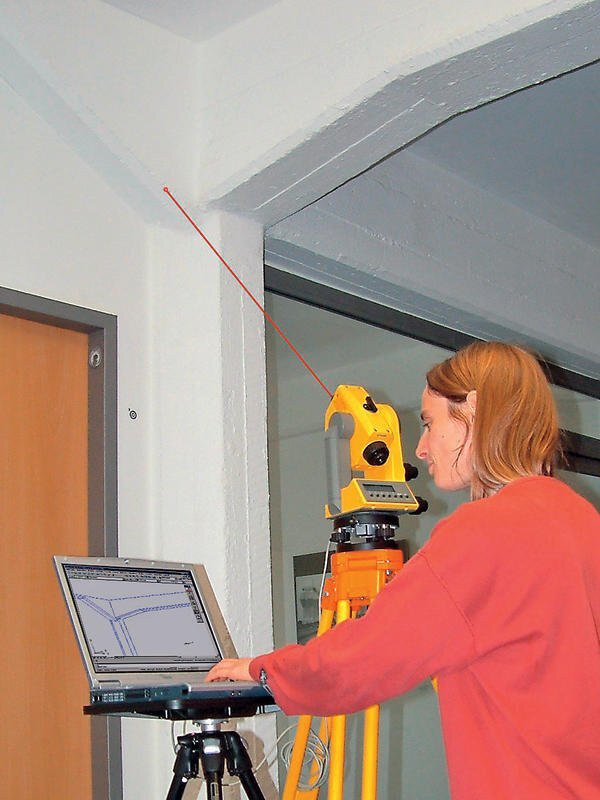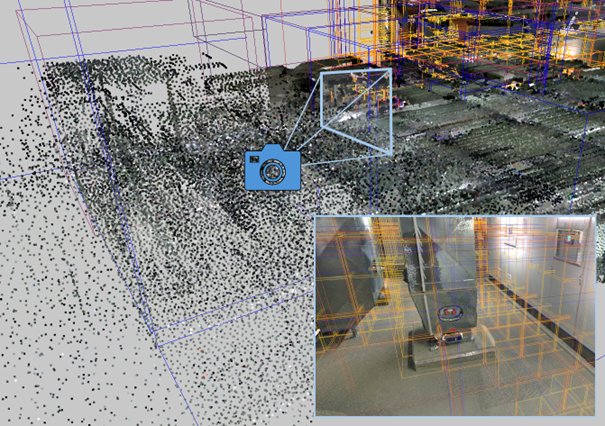Qbitec is New — But Our Legacy Runs Deep

You might be wondering: What does “Qbitec” mean?
Truth is, it’s a made-up word - but it says a lot. Think “quantum bit” meets “cube tech.” It nods to precision, intelligence, and imagination. But more than that, it’s a quiet tribute to a different startup we helped build decades ago: kubit.

What follows is the story of two software startups and a team that never stopped pushing boundaries. Told from the perspective of one of kubit’s founders, Oliver Bringmann, it’s a glimpse into the kind of persistence and creative problem-solving that built Qbitec from the ground up.
It All Started in Post-Wall Dresden…

Dresden, Germany, Sebnitzer Straße 44 in 1990, Stadtteilarchiv Dresden Neustadt, Photo: Joachim Schuster
Nine years after the fall of the Berlin Wall, Dresden was alive with transformation. Surveying offices were popping up fast. The city was a construction site, rich with opportunity but also inefficiency.
That’s where Matthias Koksch, a young surveying engineer, saw the gap.
Back then, surveys meant total stations, obscure coordinate codes, and tedious CAD workdays back at the office. You’d get back to your desk only to realize you were missing critical details: wall thickness, forgotten rooms ...another trip to the site. Sound familiar?
Matthias wanted something better.
New reflectorless total stations were hitting the market. AutoCAD could finally run on laptops. And then came the spark: What if you could connect your total station directly to your laptop and “click” on the real-world geometry like a 3D mouse? That idea became TachyCAD, a plug-in for AutoCAD. Matthias could capture as-builts directly onsite, laser-guided, pixel-precise, and instant.
He needed help writing the heavy-lifting code, so he put out a part-time gig at the Technical University. That’s how a student named Tilo Pfliegner entered the story — someone who’d go on to become one of the most influential devs in our history.
From an Idea to a Company

The red laser replaces the mouse in AutoCAD. When clicking on the instrument or on the keyboard, a 3D point moves into the plug-in and is interpreted as the surveyor intended. Computer scientist Kristina Skrbek tests the new surface intersection.
Matthias didn’t want to just tinker. He wanted to build. So he called me.
We’d met on a wild trip through Peru (no questions); he was all about field innovation, I was neck-deep in a PhD on the semantic interpretation of technical drawings.
When he asked if my algorithm could help turn scanned floor plans into clean CAD models, I was hooked.
In 1999, we launched kubit; short for Koksch und Bringmann IT. No big investors, just a government grant and the idea that we could outwork and outthink the competition. Tilo joined right after graduation and quickly became the technical backbone of everything we shipped.
Without him, kubit wouldn’t have scaled the way it did. Period.
The Team That Keeps Evolving
Fast forward a few years. We were deep in discussions with FARO about a potential acquisition when a student intern caught our eye — Marc Zschieschang. He wasn’t a developer, but he grasped our product suite like few ever had.
In weeks, he’d built an HTML expert system that simplified our software into bite-sized, pitch-perfect explanations. Sales partners used it to close deals. We hired him immediately.
Marc went on to become Product Manager for FARO’s As-Built and SCENE lines — a key player.
Then came Joachim Bank, a PhD student studying high-dimensional data visualization. Tilo and I brought him in to help lead a complex international software project at FARO. He became Product Manager and Product Owner for one of FARO’s most advanced teams.
Last but not least: Sören König. Joachim said he was the sharpest mind he knew. We gave Sören a logic puzzle we use to screen new devs (the same one even ChatGPT can’t solve... yet). Sören cracked it live at the board. We knew instantly that he was the guy.
Today, he’s the main developer at Qbitec.
The Next Chapter: Qbitec

The currently visible dots are filtered out of billions. A hierarchical cube division of space (Octree) makes the algorithm highly efficient.
In late 2023, we left FARO and reunited as a new force: Marc, Sören, Joachim, Tilo, and I — the Qbitec founders.
We wanted to build something useful again. Something fast.
Just like TachyCAD was born from a shift in hardware 25 years ago, today’s mobile LiDAR and low-cost 3D scanners inspired our next move. We don’t push a point at a time anymore; now we manage millions of points, streamed from the cloud in real time, filtered in 3D space through blazing-fast Octree algorithms.
That’s the magic we’re building on.
Old Friends, New Energy
Some things haven’t changed. We still believe in building useful tools. We still believe great software teams are made of trust and talent.
We’re also lucky to still have friends from the early days.
Special thanks to Scott Diaz, former head of kubit USA. He helped make kubit a success in North America and now he’s helping Qbitec find its voice and its audience once again.
We're just getting started.
Let’s see where this new journey leads.
